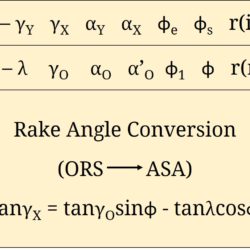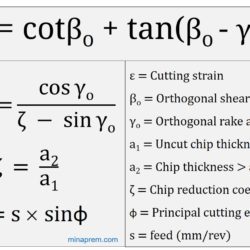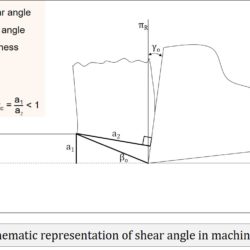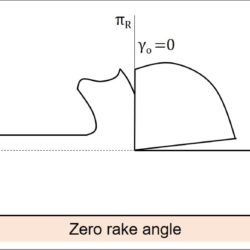Determine rake angle and normal force if main cutting force is perpendicular to friction force
Question: In orthogonal turning of a bar of 100 mm diameter with a feed of 0.25 mm/rev, depth of cut of 4 mm and cutting velocity of 90 m/min, it is observed that the main (tangential) cutting force is perpendicular to friction force acting at the chip‐tool interface. The main (tangential) cutting force is 1500 N. (i) Determine the orthogonal rake angle of the cutting tool. (ii) Determine the normal




